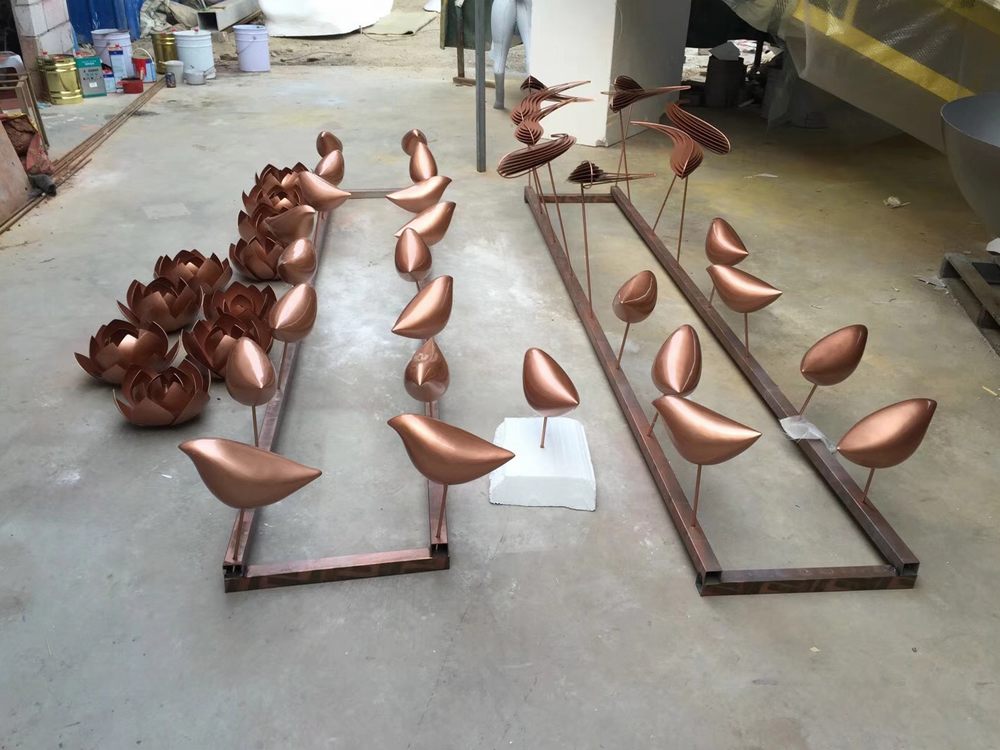
Rhythmic patterns in stone sculpture installations serve as a powerful tool for artists to evoke movement, harmony, and emotion within static forms. By carefully arranging repetitive shapes, textures, or negative spaces, sculptors transform rigid stone into dynamic compositions that guide the viewer's eye and create a sense of flow.
Traditional techniques like carving alternating ridges and grooves or positioning staggered elements establish visual cadence. Contemporary artists often push boundaries by combining organic irregularities with precise geometric repetitions, producing striking contrasts that heighten the perception of rhythm. The weight and permanence of stone make these patterns particularly impactful, as the material's solidity contrasts with the implied motion.
Light plays a crucial role in enhancing these rhythmic effects. As sunlight shifts across a sculpture's surface throughout the day, shadows emphasize different aspects of the pattern, creating an ever-changing visual experience. Some installations incorporate multiple stones positioned in rhythmic sequences across landscapes, inviting viewers to physically move through the artwork and experience its tempo spatially.
Master sculptors understand that effective rhythm in stone requires balancing repetition with variation. Too much uniformity becomes monotonous, while excessive irregularity loses coherence. The most compelling works use rhythm to establish structure while leaving room for spontaneous discoveries within the pattern's flow.

